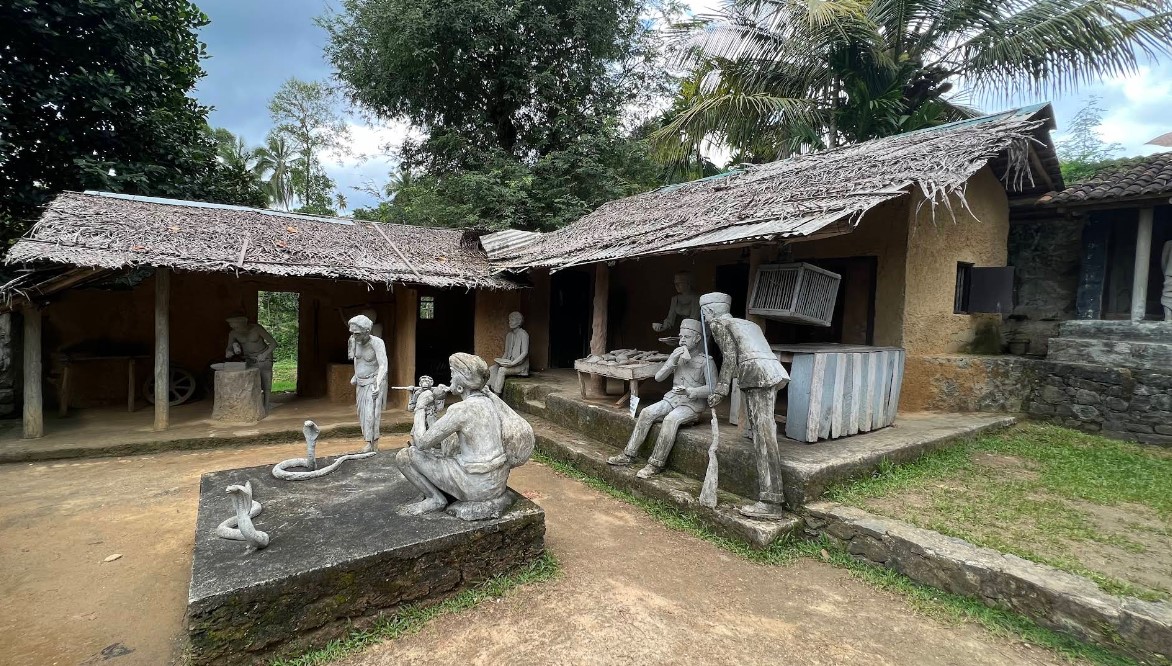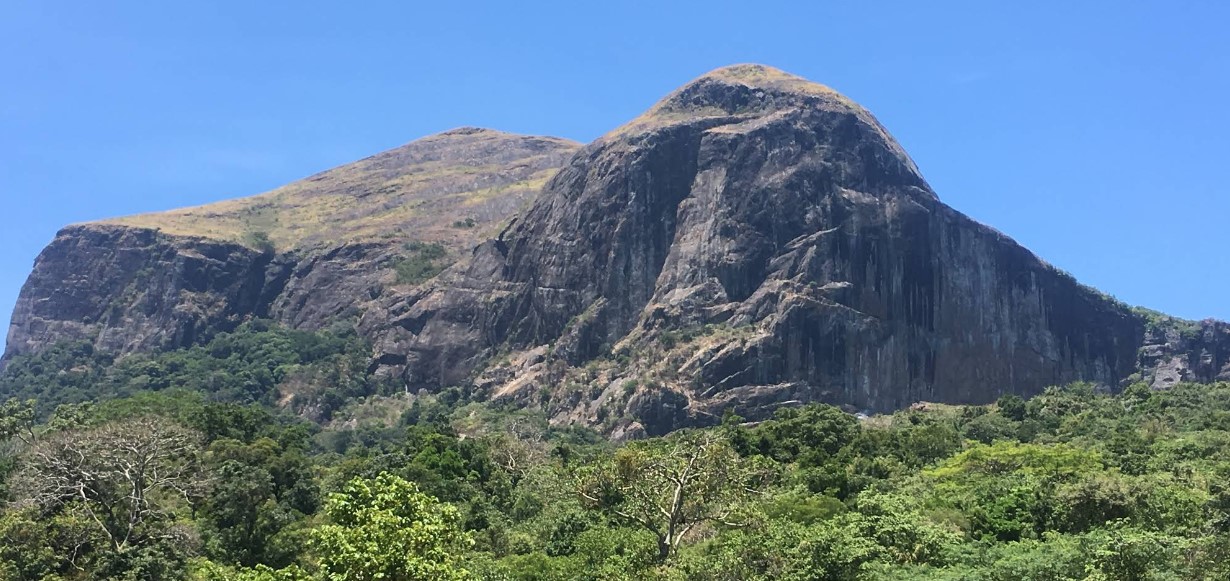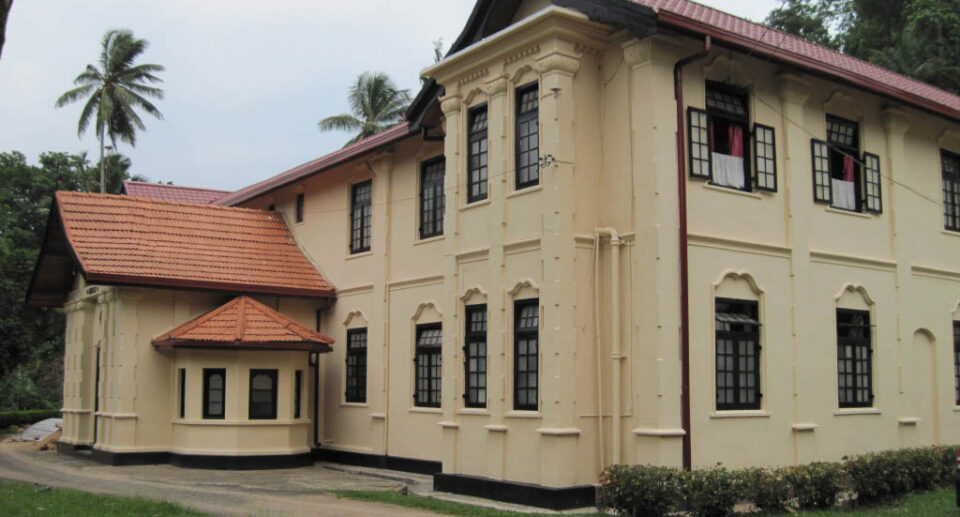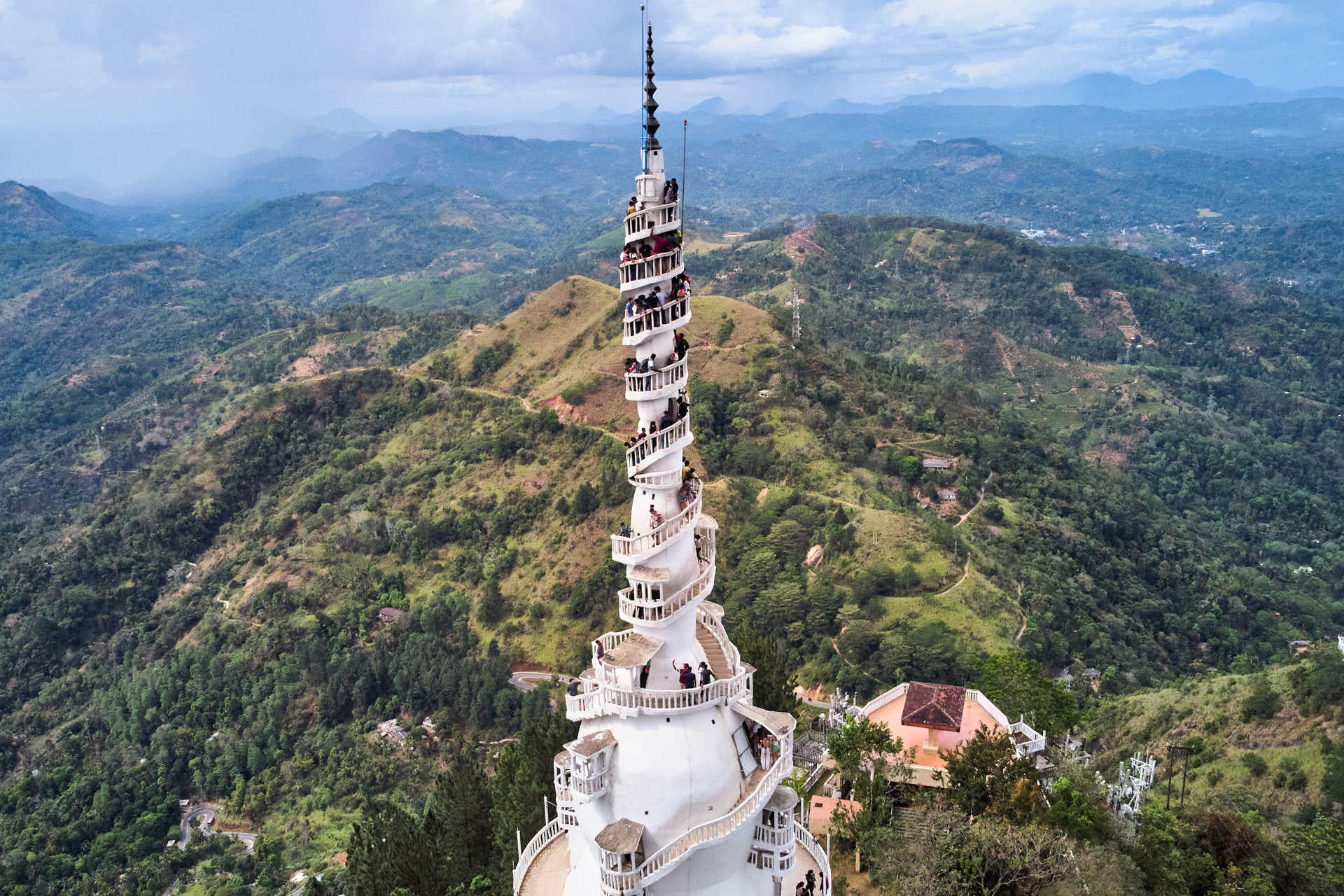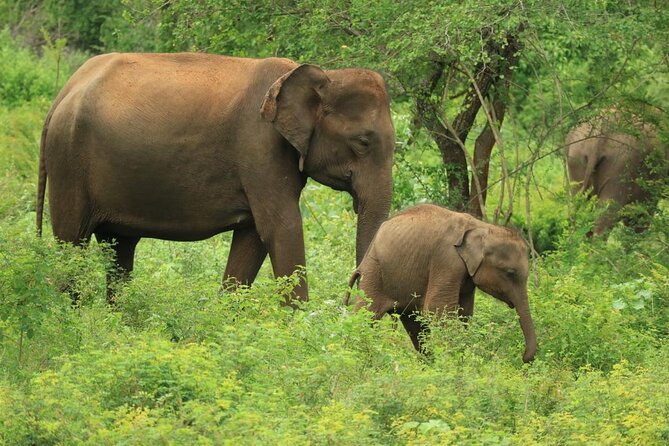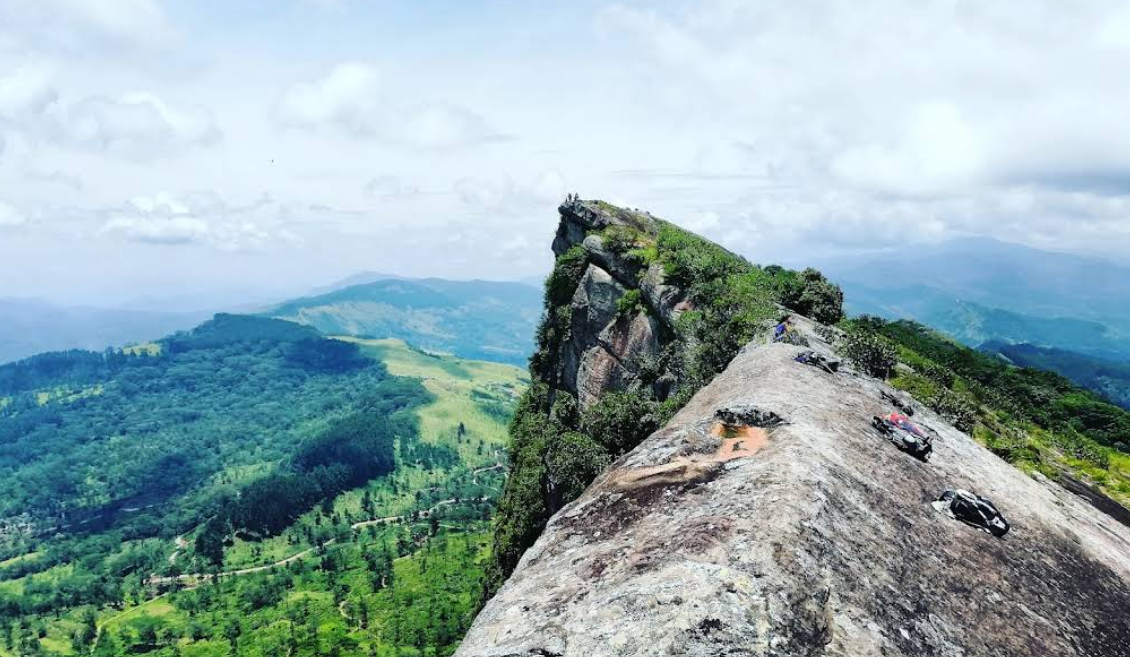Harasbadda Mini World’s End: A Hidden Highland Gem
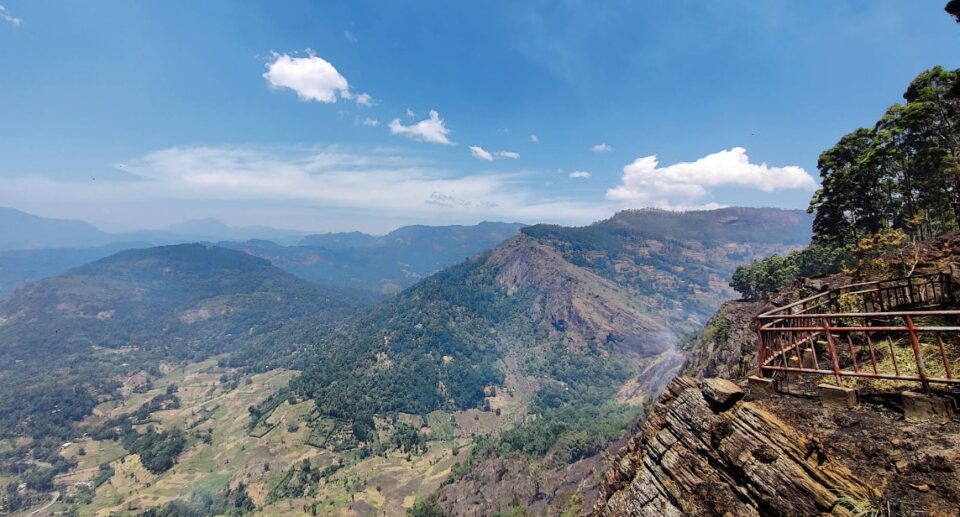
Exploring the Hidden Treasures of Sri Lanka
Sri Lanka, with its wealth of history, rich culture, and unmatched natural beauty, has some of the most stunning landscapes on the planet. Harasbadda and Mini World’s End are one of them, nestled in the island nation’s central highlands. The two of these remarkable places, though not as famous as some other areas of interest for tourists, are treasures that show visitors the real Sri Lanka. Here, we are going to see the significance of Harasbadda and Mini World’s End, their unique topography, what they can provide for tourists, and how they help in the tourism and conservation operations in Sri Lanka.
A Glimpse of Sri Lanka’s Central Highlands
Sri Lanka’s central highlands are one of the loveliest regions of the island. A UNESCO World Heritage Site known as the Central Highlands of Sri Lanka comprises the Hill Country, which encompasses such famous sites as Nuwara Eliya, Kandy, and Ella. The area is blanketed in dramatic cliffs, steep gorges, falling waterfalls, dense forests, and tea plantations, so they are a couple of the most aesthetically pleasing landscapes in Sri Lanka.

Of these landscapes, one of the most significant sites of conservation in the country is the Horton Plains National Park. Housed within are the famous World’s End and Mini World’s End, both offering unparalleled panoramic views. The park’s biodiversity, catchment for many major rivers, and protected state make it an ideal site for environmental and tourism purposes alike.
Harasbadda: A Hidden Treasure in the Mist
Harasbadda is one of the lesser-visited places within the Horton Plains National Park, and it is overshadowed by the more famous World’s End. But this tranquil, idyllic spot is heaven for nature lovers, trekkers, and those seeking the lesser-visited paths of Sri Lanka’s highlands.

Harasbadda is renowned for its wide panoramic views of lush greenery, misty forests, and the gently sloping hills curving towards the horizon. It offers a contrasting perspective of the Horton Plains, with fewer tourists than World’s End, enabling individuals to experience the calming, peaceful ambiance.
Even the name Harasbadda itself might not be so widely known as other sites in the park, but to those who visit, it is just so full of charm. The area’s high elevation, ringed by montane forest, tends to leave it blanketed in mist, so an otherworldly quality pervades. The diverse wildlife and vegetation that inhabit this region add to its beauty as native animals such as the Sri Lankan leopard, purple-faced langur, and other birdlife visit. The park also features unique flora such as the St. John’s Wort and Rhododendron that thrive in the cool, misty climate of the highlands.
The Harasbadda area can be reached by hiking or trekking on trails that wind through the park. The trail is heavily used and offers an opportunity to see the highland ecosystem up close, along with its diverse richness of plants and animals. The region is best suited for visitors who prefer not to venture into the more crowded tourist regions and enjoy Sri Lanka’s nature in a more secluded, less populated setting.
Mini World’s End: A Grand Cliff with a Treasure View
While Harasbadda offers solitude and quiet contemplation, Mini World’s End is undeniably one of Sri Lanka’s most theatrical and breathtaking views. Located inside Horton Plains National Park, it is a less extensive but no less breathtaking equivalent of the highly visited World’s End, which is one of the island’s most famous natural wonders. Mini World’s End gives visitors an unforgettable view of a sheer plunge down into the valley below, as if the world suddenly ends at the cliff face.
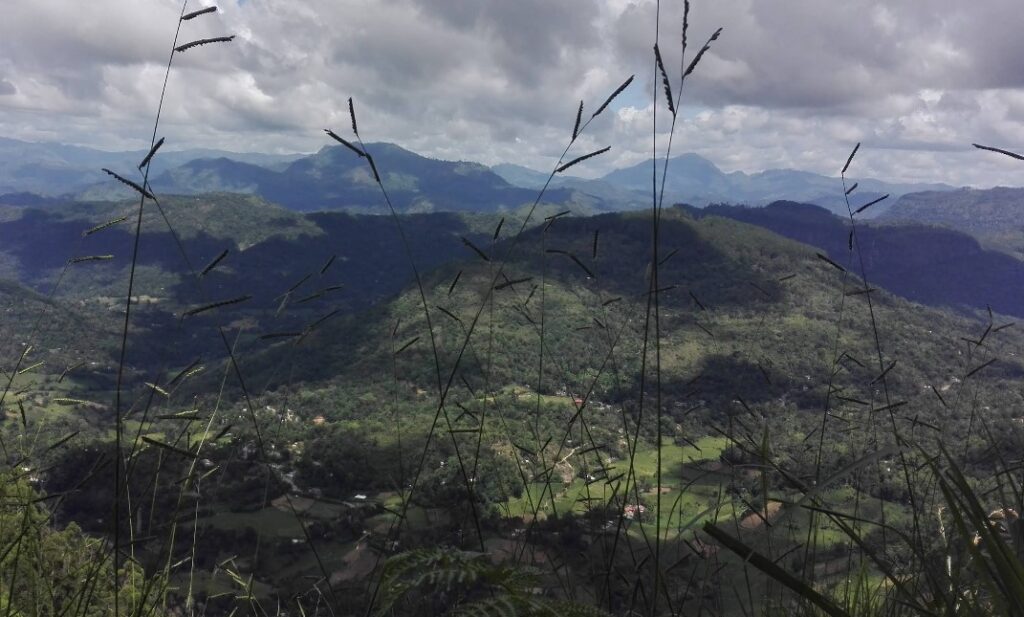
The “Mini World’s End” designation may make a visitor think the view is less spectacular than that of its large counterpart, but in a way, it is more intimate. At World’s End, the drop is about 4,000 feet, while Mini World’s End drops about 1,000 feet, and hence it is less intimidating and more suitable to some trekkers. Yet, the landscape is just as stunning blanketing itself around massive expanses of grasslands, rolling hills, and mist-covered mountains at a distance.
The route to Mini World’s End is well marked and relatively easy to locate. As one walks along the trail on the Horton Plains, one is presented with views of the high biodiversity that is characteristic to this location. This comprises the cloud forest and montane grassland, which harbor several endemic species of plants as well as animals. Birds, butterflies, and perhaps a deer are seen along the way, making the trek all the more exciting for nature lovers.
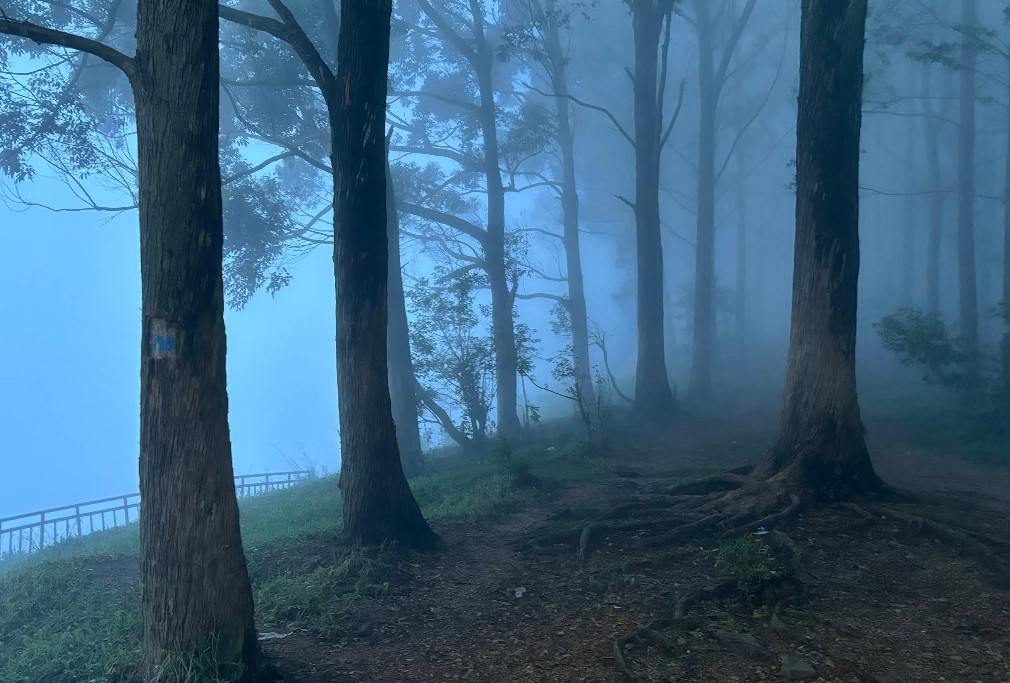
The greatest draw of Mini World’s End, however, is the stunning vista along the cliff edge. One can stand there and be mesmerized by the absolute loveliness of the surroundings. The rich, rolling terrain recedes for many miles, and the mist creeps in periodically to invest the scene with a mystical sheen. The views from Mini World’s End are some of the highlights of a trip to the Horton Plains National Park, and both nature lovers and photographers visit there in equal numbers.
Conservation Efforts and Environmental Importance
Harasbadda and Mini World’s End are both located within the Horton Plains National Park, an ecosystem that is central to Sri Lanka’s conservation efforts. The park is significant for the island’s water resources as it is the catchment area of three of Sri Lanka’s major rivers: the Mahaweli, Kelani, and Walawe rivers. These are essential for irrigation, drinking, and the generation of hydroelectric power, and thus the preservation of the Horton Plains is significant for the entire nation.
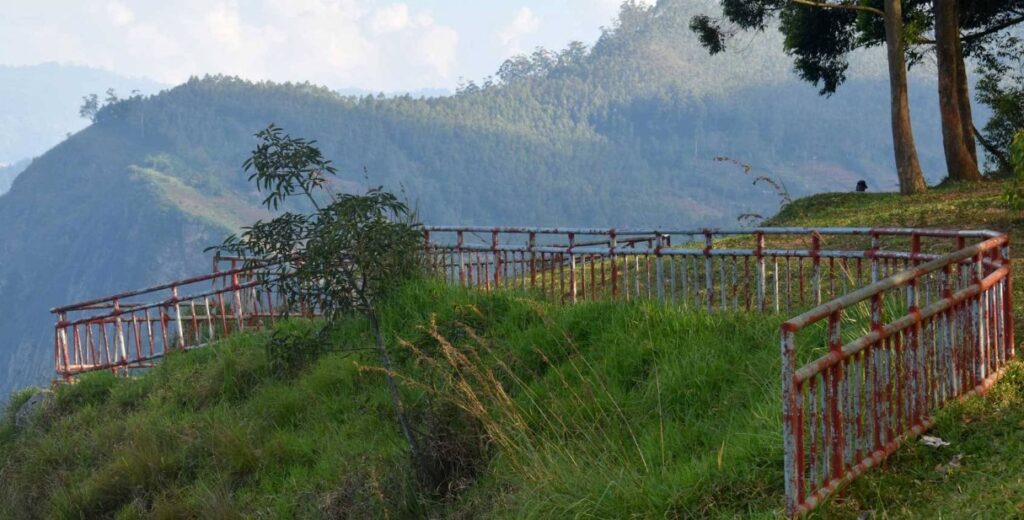
The Horton Plains biodiversity is also of global importance. The park contains numerous endemic animal and plant species, which are largely threatened or endangered. Examples include the purple-faced langur and Sri Lankan leopard, which both live in the park, as well as the Sri Lankan red slender loris, another threatened species living within the park. Conservation efforts focus on protecting the species and the maintenance of the delicate park ecosystem.
Besides this, the region has been the subject of environmental education and environmentally friendly tourism. By supporting conservation and sustainable travel, organizations attempt to preserve the natural beauty of the park while providing economic opportunities for the inhabitants. Visitors to Harasbadda and Mini World’s End are encouraged to be respectful of nature, stay on designated paths, and do not litter in an effort to preserve the fragile ecosystem of the Horton Plains.
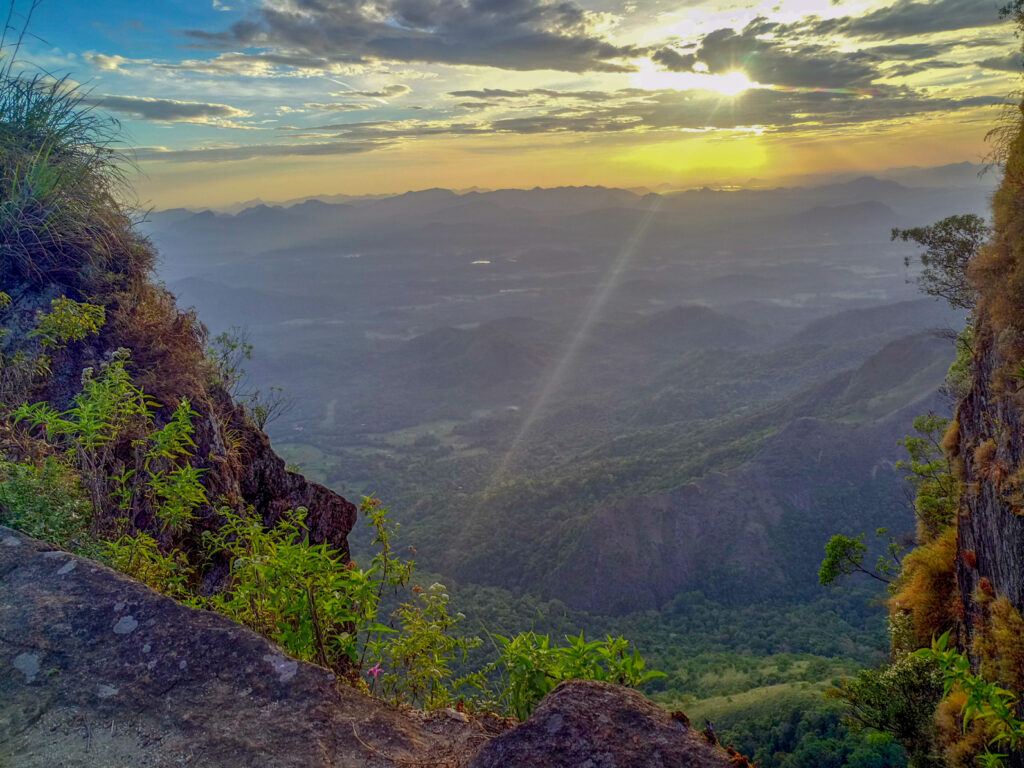
The Importance of Sustainable Tourism
The tourism industry of Sri Lanka has grown at an increasing pace in recent years, and places like Harasbadda and Mini World’s End have grown in popularity among regional as well as international travelers. Sustainable tourism plays a key role in preserving the eco-harbor of such sensitive zones. The growth of tourism must be regulated well in order to ensure that the environment and the local population are upbeat benefactors of the inflow of tourists, and not exploited by its ill effects.
Environment-friendly hotels, waste management systems, and education of tourists regarding respect for nature and wildlife are the critical cornerstones of sustainable tourism. Conservation agencies and the government have a critical role in ensuring that Sri Lanka’s natural resources are protected for future generations and its economy benefits from proper utilization of tourism with due consideration to sustainable activities.
Harasbadda and Mini World’s End are Sri Lanka’s hidden gems in the picturesque central highlands. The places give tourists a chance to appreciate the island highlands’ natural beauty and peacefulness, different from the more touristy places. Whether you trek in the misty forest of Harasbadda or stand on the edge of Mini World’s End, the experience is unforgettable and a plea for action in the conservation of Sri Lanka’s natural resources.
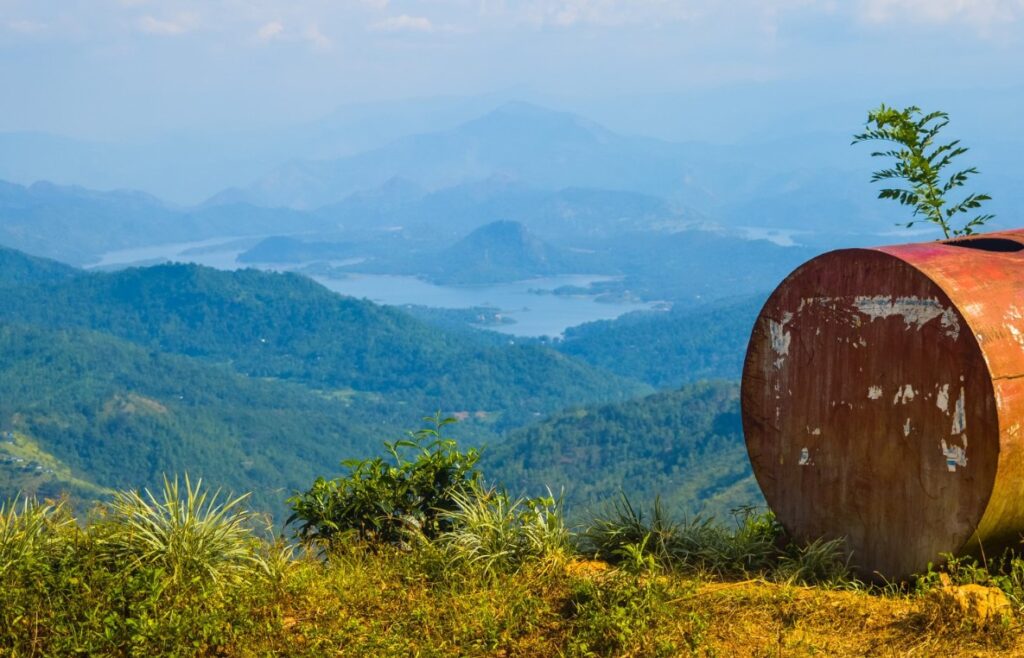
As tourism grows increasingly in Sri Lanka, it is important that conservation is maintained robustly so as to safeguard the protection of such amazing landscapes. By promoting sustainable tourism and ensuring that sites like Harasbadda and Mini World’s End are not destroyed, Sri Lanka can move forward to show off its natural wonders without ruining them so they can continue to be enjoyed for generations to come.
- Access to Nuwara Eliya (Gateway to Horton Plains)
Nuwara Eliya is the nearest major town to Horton Plains National Park and a popular destination for tourists visiting Sri Lanka’s central highlands. Nuwara Eliya is about 30 km (18 miles) from Horton Plains.
By Car or Taxi: The most convenient way to reach Nuwara Eliya is by personal car or taxi. From Sri Lanka’s capital, Colombo, it takes 5-6 hours (approximately 180 km) to reach Nuwara Eliya. You can also hire a private taxi or get the services of a car rental agency from Kandy (2.5-3 hours, approximately 75 km).
By Train: From Colombo or Kandy, you can get to Nuwara Eliya by train. The train trip from Kandy to Nuwara Eliya is stunning with scenery of countryside, tea fields, and waterfalls and the journey takes around 4-5 hours.
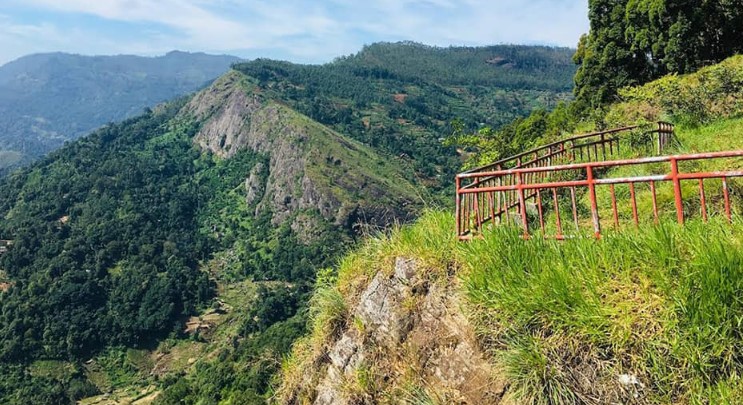
By Bus: There are also buses from Nuwara Eliya to Colombo, taking approximately 6-7 hours. Both state and private buses make the trip, with frequent departures all day.
- Nuwara Eliya to Horton Plains National Park
Once you’ve arrived in Nuwara Eliya, you’ll need to take a vehicle to reach the entrance of Horton Plains National Park. It’s located about 30 kilometers (about 18 miles) from Nuwara Eliya town.
By Car or Taxi: The most direct way to get to Horton Plains from Nuwara Eliya is by taxi or private vehicle. The trip will be over winding hill roads, and the time taken will be about 45 minutes to 1 hour. You may hire a taxi in Nuwara Eliya or take a private car for the journey.
Public Transport: Public transport is available from Nuwara Eliya to Horton Plains, but it is not as frequent and the journey can be longer. It is not the most reliable or convenient means, so taking a taxi or private vehicle would be a more suitable choice for a smoother journey.
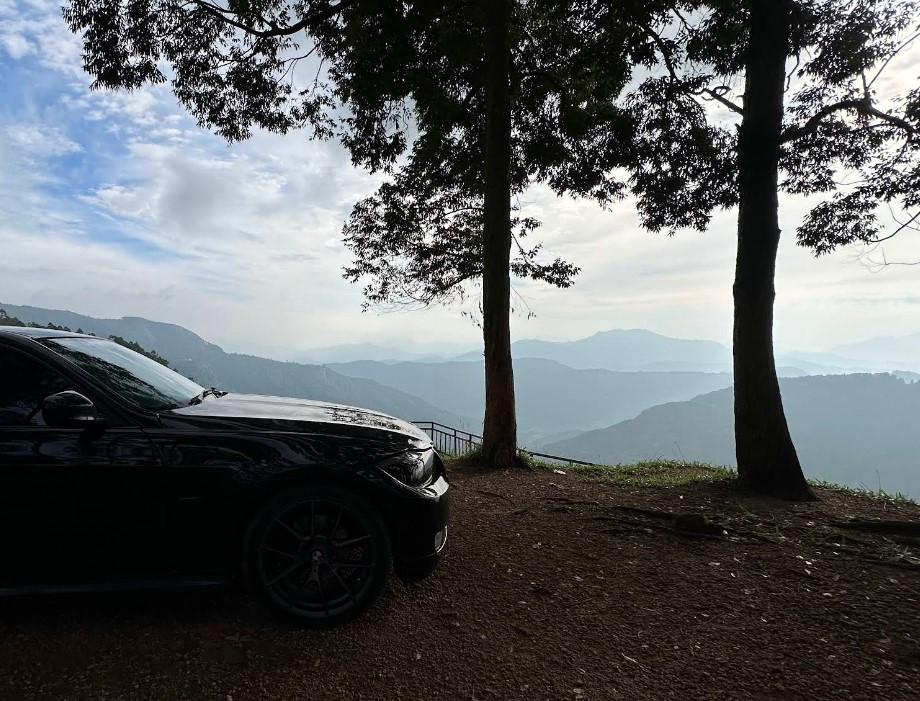
- Entry to Horton Plains National Park
Once you reach the park entrance, you’ll be required to buy an entrance ticket. Foreign visitors are presently required to pay an entrance fee of approximately USD 25-30, and Sri Lankans are charged less.
Park Hours: The park is open from 6:00 AM to 6:00 PM daily. However, most tourists like to arrive early because the finest hours to visit are early morning to avoid crowds and to experience the park within the early morning misty weather.
- Hiking to Harasbadda and Mini World’s End
After entering Horton Plains National Park, you’ll follow the main trail that leads to World’s End and Mini World’s End. The trek is well-marked and manageable for most hikers, but it’s important to be prepared, as the terrain can be challenging at times.
Mini World’s End: The Mini World’s End vantage point lies around 2.5 km (1.5 miles) inside the park from the main road. The hike is not very strenuous, and the vista from the cliff edge is breathtaking, with massive far-reaching valleys and distant hills in view.
Harasbadda: In order to get to Harasbadda, a quieter and more isolated part of the park, you will have to take a slightly less frequented route. It is often entered from the Mini World’s End region or through other trails in the park. Depending on your route, it can take an extra 30 minutes to 1 hour of walking. The area is renowned for its serene, foggy atmosphere, and the visitors are fewer compared to the more touristy World’s End.
Map of Harasbadda




